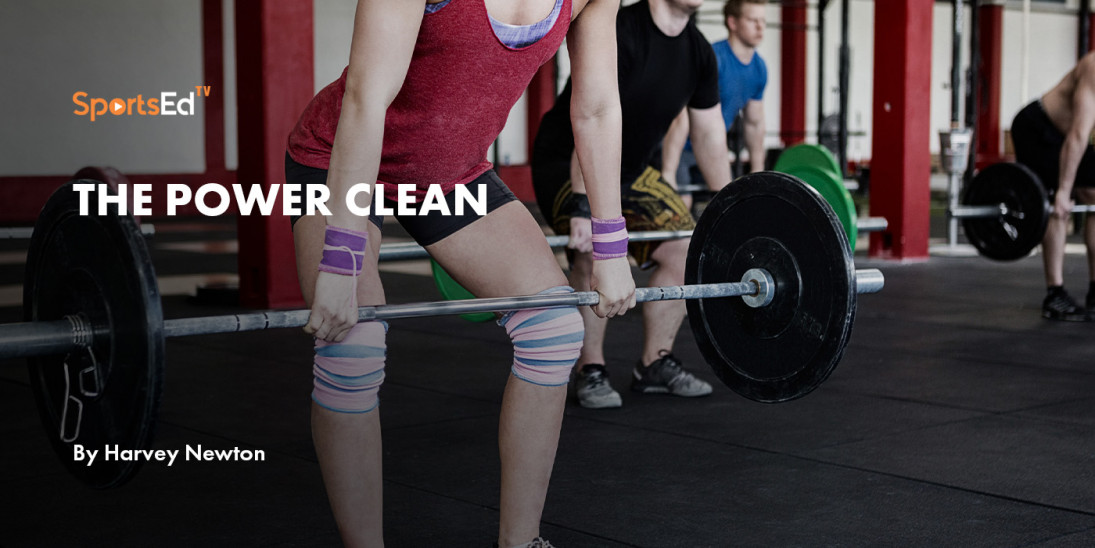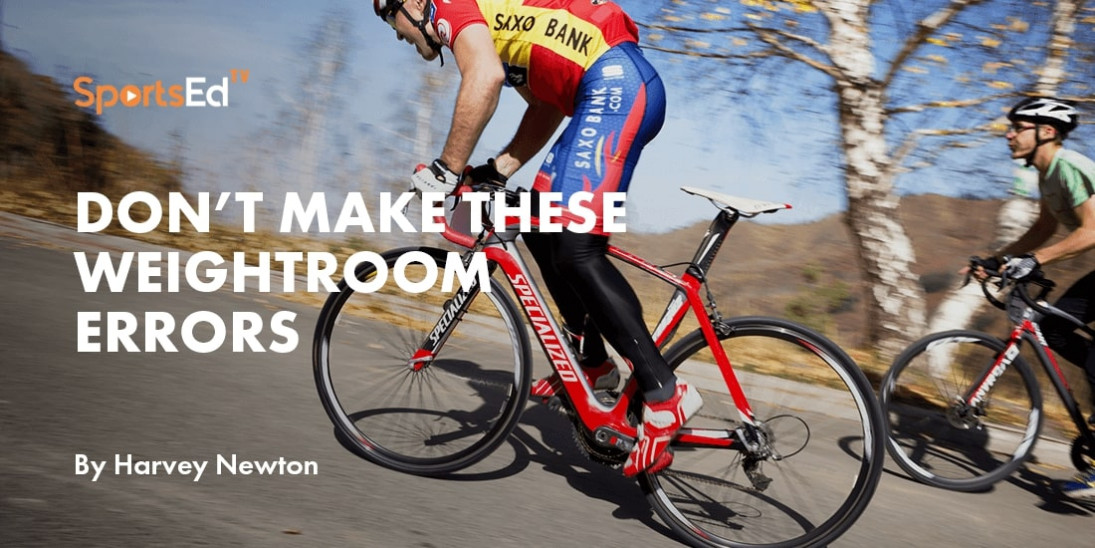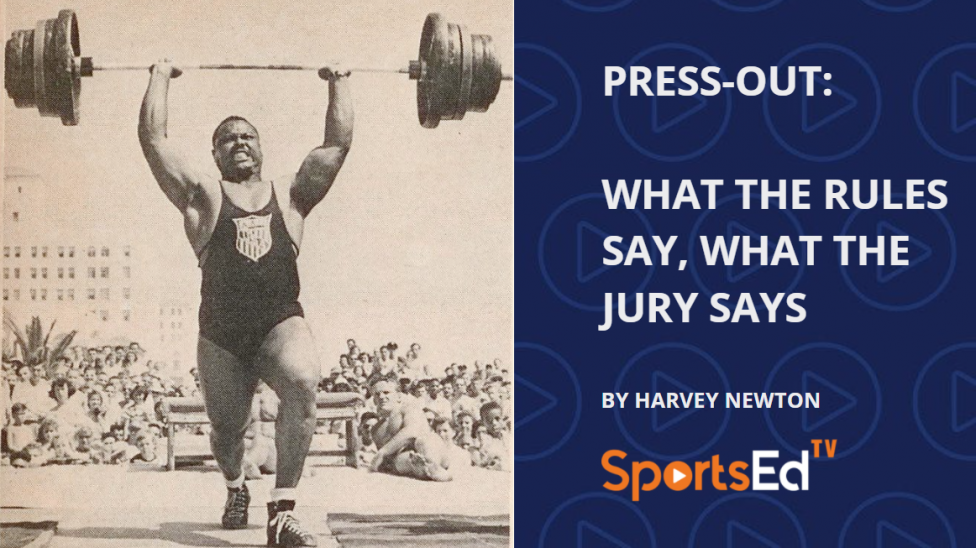Weightlifting
Welcome and thanks for visiting...

The Power Clean

In a survey of high school strength coaches a few years back, 78% indicated the clean as their #1 or #2 “most important exercise.” For most, the power clean is the version of clean that is utilized. The power clean is a partial-squat clean in which lighter weights are used primarily for speed development.
As with competitive weightlifting’s snatch lift, there are three clean “styles,” any of which may be used in competition to raise the barbell to the shoulders in one continuous motion:
- the squat clean (most popular, most efficient)
- the split clean (barbell is racked in a lunge position)
- the power clean (a semi-squat version that uses less weight)
There’s a fair amount of confusion and/or misinformation online regarding the power clean. Keep in mind that the word clean was adopted many years ago to suggest the barbell must be raised to the shoulders in one “clean” motion. In the early days of weightlifting, some countries stopped the bar’s ascent on the thighs or on the buckle of a weightlifting belt, then used the lower body to further heave the barbell to the shoulders. This two-part movement was not considered a clean lift.
So, any clean needs to be done in one motion. To qualify as a power clean, the top of the lifter’s thighs must remain above parallel to the ground when the weights are racked. Going parallel or lower makes the clean a squat clean. There are some humorous “power cleans” videos online that are clearly squat cleans.
As with the power snatch, the term power clean does not mean there is more power applied to the lift. It’s simply a name given to the lift. Many elite lifters are not concerned with how much weight they can power clean; the movement is utilized with moderate weights in order to train speed.
Video clip (0:45 – 1:21):
This related blog link has initial instruction on the power clean, evolving into the squat clean: https://sportsedtv.com/blog/learn-to-clean-keep-it-simple/





